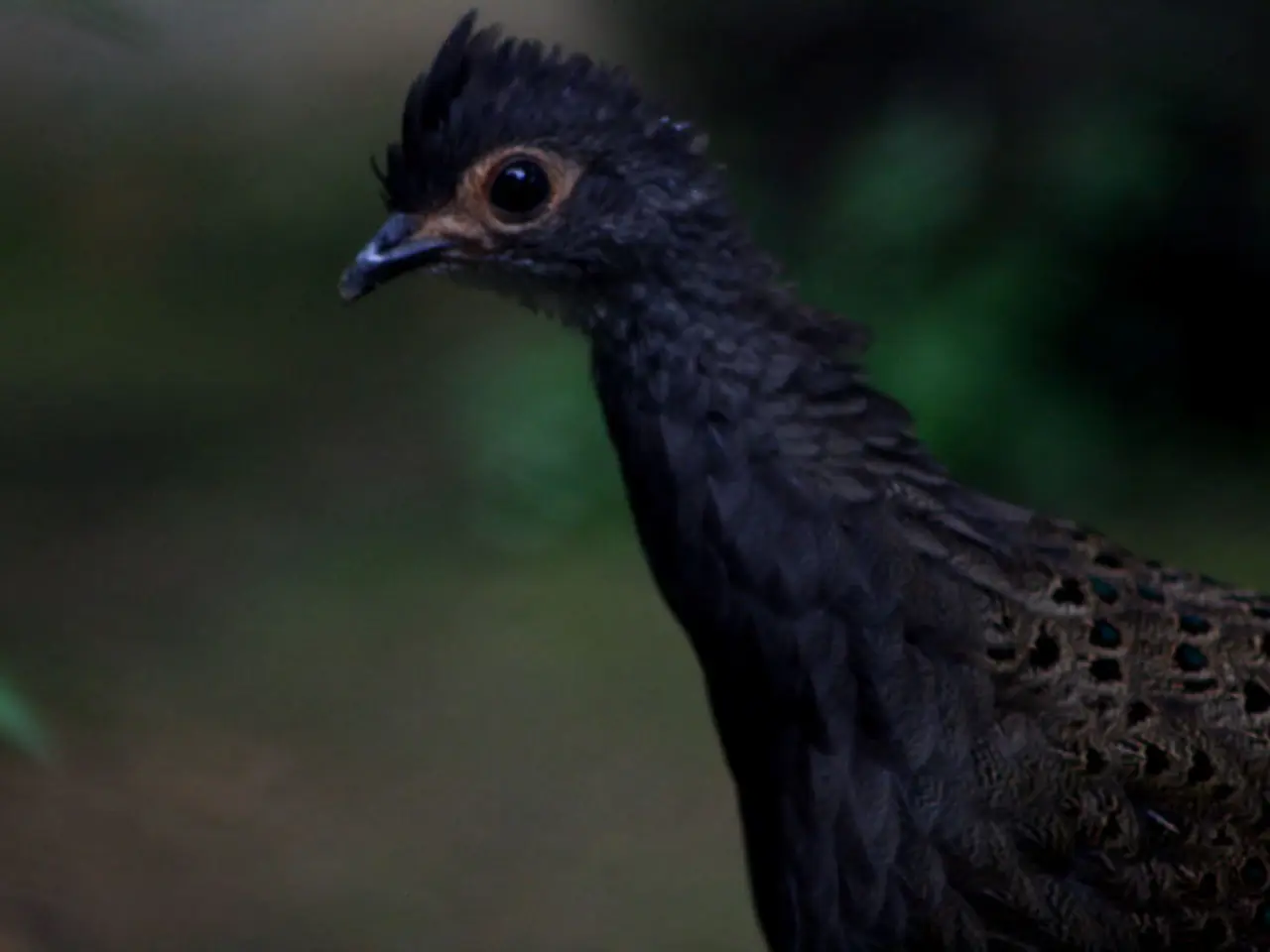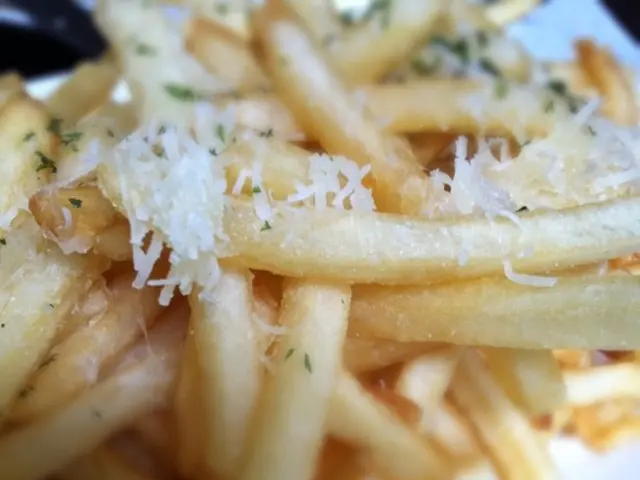Birds mating techniques: An exploratory look into bird reproduction patterns
Unravelling the Avian Mating Dance: A Closer Look at Bird Reproduction
In the intricate world of birds, courtship and reproduction are a captivating spectacle of behaviour, visual displays, and vocal performances designed to attract mates, establish pair bonds, and ensure reproductive success.
Courtship Behaviour in Birds
The courtship rituals of birds are as diverse as their vibrant plumage. Elaborate displays such as synchronized dances, leaping, flapping, and specific postures or gestures, like the sky-pointing exhibited by boobies, are common. These displays serve to attract mates and strengthen pair bonds that can last for a breeding season or for life [1][3][4][5]. Vocalizations, such as complex songs, duets, and call-and-response exchanges, also play a crucial role in mate attraction, territorial defense, coordination between mates, and recognition within pairs.
Bonding and Mating Systems
Bonding and mating systems vary across species. Some birds form long-term or lifelong pair bonds, exemplified by species like rosy-faced lovebirds and northern cardinals. In these species, pairs cooperate in nest building, incubation, and feeding of chicks. The bond can be so strong that the surviving mate may show withdrawal before re-bonding [1][3].
On the other hand, polygyny, where one male mates with multiple females, is common. This often involves intense male competition for territory and mates. Females may receive support from the male in resource-rich territories. Examples include red-winged blackbirds [3]. Polyandry, where one female mates with multiple males, is rarer but occurs in some shorebirds and other species, leading to different parenting strategies and competition dynamics [3].
The Reproductive Process
The reproductive process generally includes courtship displays and vocalizations to attract and select mates, mating with sperm transfer for fertilization, nest building and egg laying, often with biparental care, incubation, and feeding offspring by one or both parents until fledging [1][3][4].
Interesting Facts about Bird Mating
- Birds, being some of the most diverse animals on the planet, exhibit a variety of mating systems, from complex courtship displays to cooperative breeding and brood care.
- In some bird species, males have a phallus that aids in sperm transfer, particularly in waterfowl as an adaptation for fertilization in water.
- After mating, the female initiates egg laying.
- Lekking, a unique mating behaviour in Birds of Paradise, involves males congregating in mating arenas, called leks, to deliver fancy dances and displays.
- Knowing about bird mating processes is crucial to conservation and basic ecological research, as reproductive success is crucial for the health of a population.
- The peacock is a famous example of a bird with brightly colored feathers used for attracting females.
- Dunnocks exhibit promiscuity, with a female mating with several males who all help feed the chicks.
- Courtship is an important prelude to mating, involving visual displays, vocalizations, feeding rituals, nest building, and strengthening of bonds.
- Cuckoos engage in nest parasitism, laying their eggs in the nest of another species, where the hapless host raises their chicks.
- Courtship feeding is a behaviour where the male provides food to the female to strengthen bonds.
Understanding Bird Mating: A Conservation Imperative
Understanding the bird mating process provides a fascinating look at the avian life cycle. Watching a how-do-birds-mate video can provide a live grasp of the mating ritual, from courtship to copulation. This understanding is crucial to conservation efforts, as it helps in the protection of natural habitats and the preservation of these captivating rituals for future generations to appreciate.
[1] Nowicki, M. A., & Smith, C. L. (2015). Bird Behavior. Princeton University Press.
[3] Cuthill, I. C., & Møller, A. P. (2017). The Mating System of Birds. Oxford University Press.
[4] Evans, J. R., & Evans, D. E. (2015). The Behaviour of Birds: An Evolutionary Approach. Oxford University Press.
[5] Sibley, C. G., & Ahlquist, J. A. (1990). Phylogeny and Classification of Birds: A Study in Molecular Evolution. Yale University Press.
- Birdwatching can offer a glimpse into the intricate courtship behavior and mating displays exhibited by various bird species, providing a captivating opportunity to delve into the world of ornithology.
- The reproductive success of bird species is significant not only in terms of the avian life cycle but also for conservation and health-and-wellness, emphasizing the importance of understanding the science behind bird mating and the various mating systems.
- In the realm of health-and-wellness, birdwatching, particularly focusing on bird mating behaviors, could serve as a calming and therapeutic activity, contributing to personal well-being and mental health.




